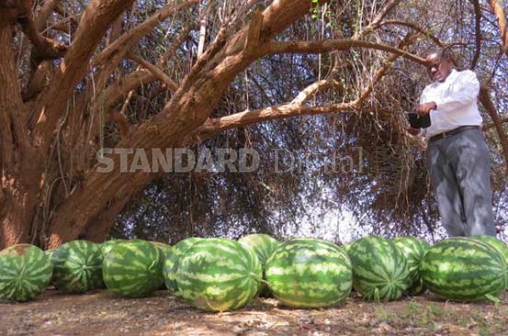×
The Standard e-Paper
Fearless, Trusted News

Is there a ‘secret’ to growing water melons? This is the question one reader asked me recently. The answer is yes. Start with the right variety specific to your growing area.